
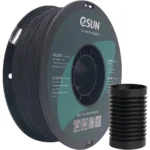
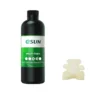
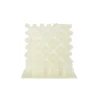
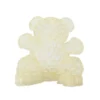
eResin-eLastic 0.5 kg
EGP5,600.00 Original price was: EGP5,600.00.EGP5,150.00Current price is: EGP5,150.00.
High elongation at break, good elasticity, tear resistance, tensile, bending and compression, quick rebound, a certain wear resistance.Compared with eResin-Flex, the viscosity of elastic resin is greatly reduced to ensure release and molding.
Only 2 left in stock
- All Payment Methods
- Secure Checkout
- Cash on delivery
- Free delivery offers

Description
The release rate is relatively high and easy to print, lower hardness and the molded parts are softer and more elastic; meanwhile the bending performance is improved to make the thick parts can withstand more times and large Angle bending. The elastic resin can be used on product models that require softness.
Sellingpoint
Good elasticity
Tear resistance
Bending resistant
High toughness
Low hardness
Low viscosity
3D PRINTING PHOTOPOLYMER RESIN eResin-Elastic
Viscosity(mPa·s) 500-900
Density(g/cm3) 1.080-1.085
Tensile Strength(MPa) 4-5
Elongation at Break(%) 250-350
Flexural Strength(MPa) /
Impact Strength(J/m) /
Tearing Strength(GPa) 8-10
Heat Distortion Temp(℃) /
Hardness(Shore D) 70A
Grades (out of 10)
Strength(S) 2
Toughness(F) 10
Forming(P) 4
Accuracy(S) 6
Speed (A) 2
notes
Stronger support: Avoild break with main body
Denser support:Avoid deformation dislocation
Higher lifting distance: full film realse
Lifting distance:≥6mm
Slowing down Lifting speed: avoid breaking
Lifting speed: ≤60mm/min
Control leveling time: full leveling
Light off delay≥6s
Properly control the post curing time, the longer the exposure time, the higher the hardness of the curing material, the worse the flexibility, and the heavier the yellowing
To ensure good flexibility of the material and avoid hardening problems caused by post-curing, it is recommended to clean the printed parts after printing instead of post-curing
The surface sticky hand condition will be gradually improved under the indoor weak light condition. Avoid strong light exposure for later storage
Color
transparent yellow
Net Weight
0.5kg
Anycubic UV Tough Resin 1KG
In stock
NTC 100K B3950 Thermistor Sensor With Cable For Extruder
In stock
iFUN Surgical Guide Resin ( iF3165 ) 0.5KG
In stock
eSUN eLastic(TPE-83A)
In stock
Creality Ender-3 V3 SE 3D Printer
Out of stock
Related products
Anycubic Photon Mono 2 3D Printer
Out of stock
Anycubic Photon Mono X
Out of stock
iFUN Dental Casting Resin (#3163) 0.5KG
In stock
iFUN Surgical Guide Resin ( iF3165 ) 0.5KG
In stock

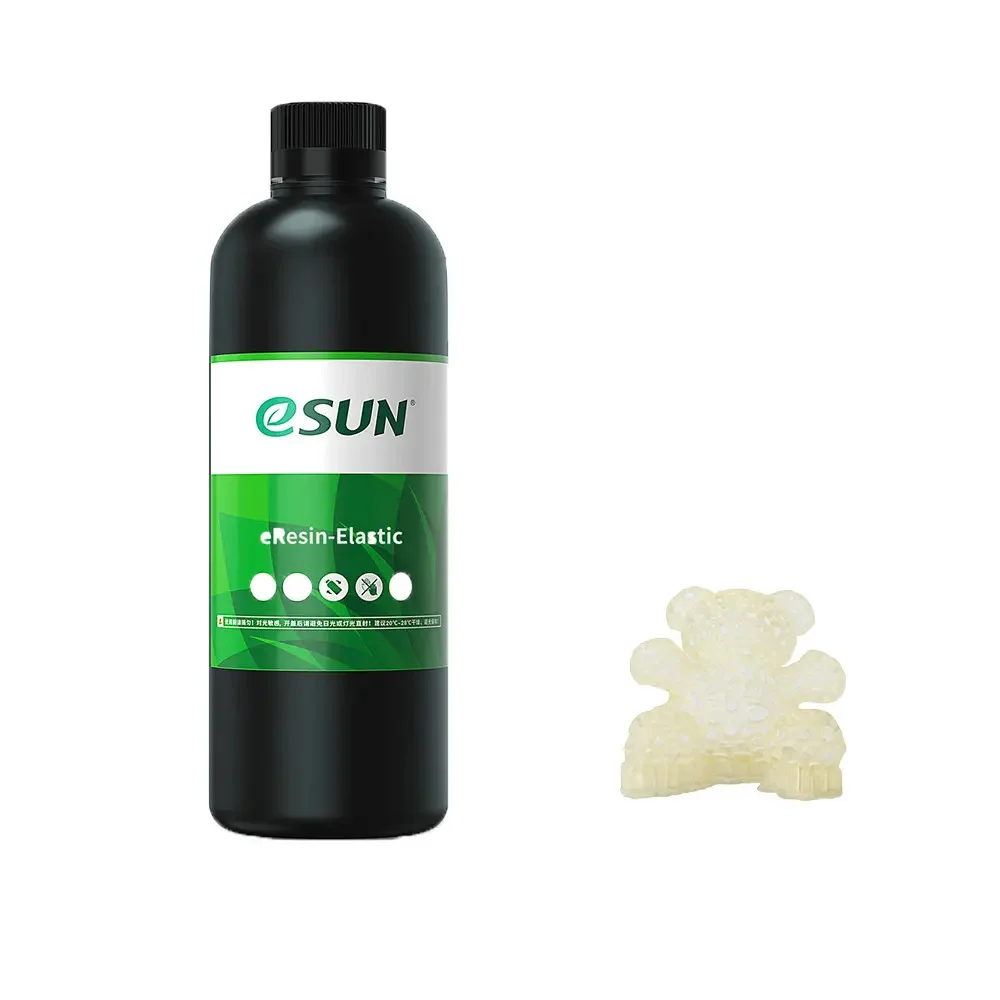
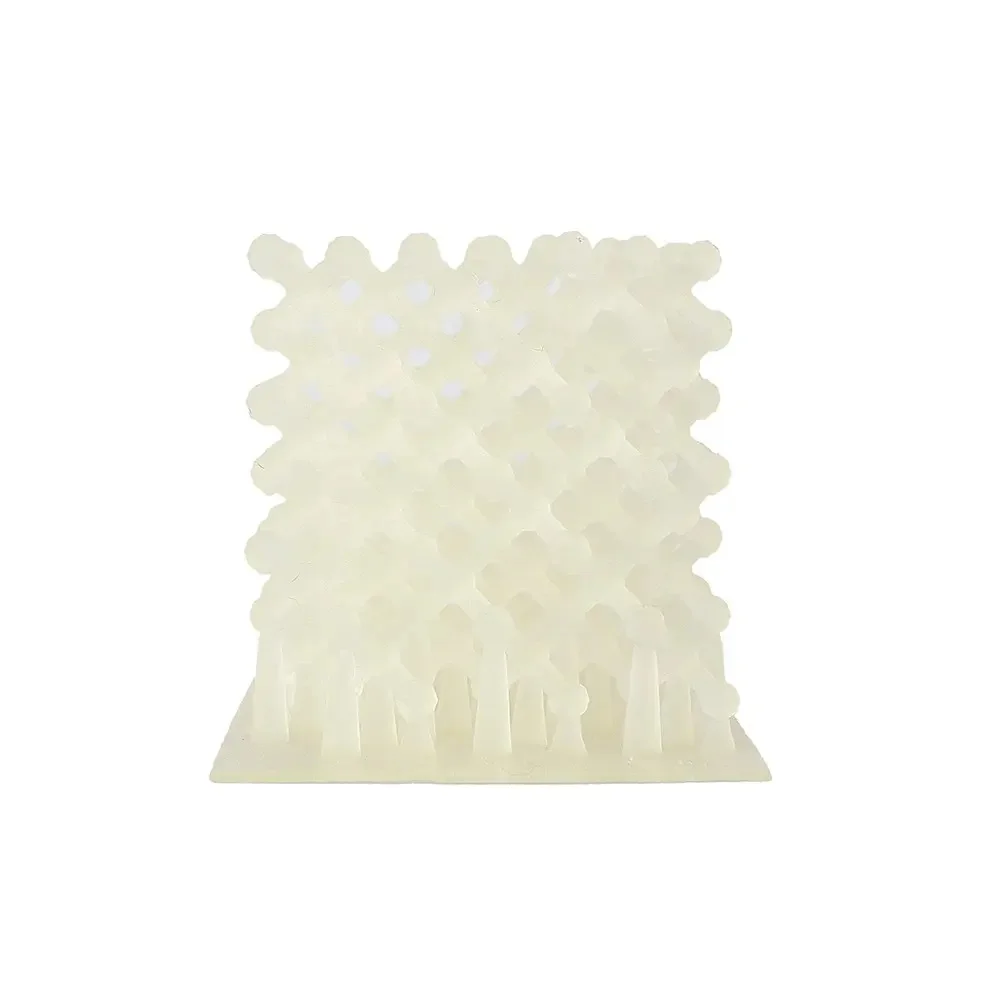
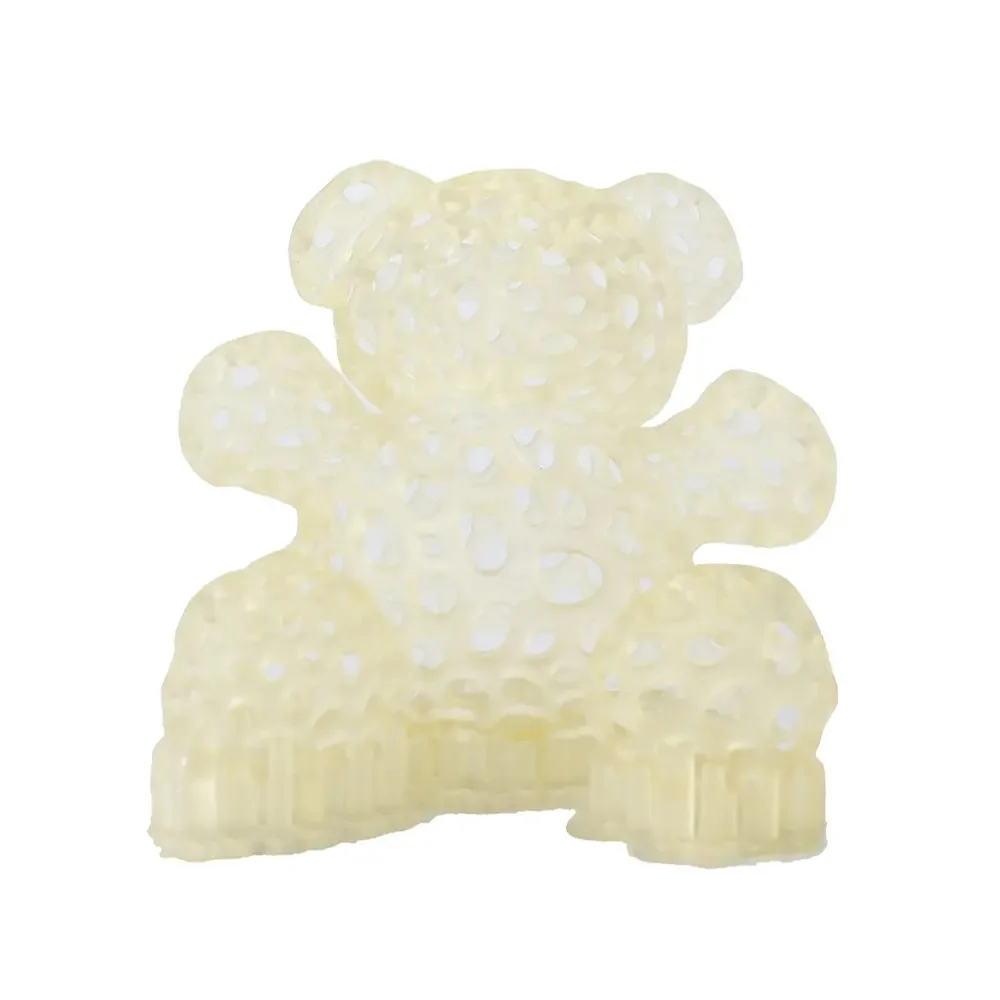
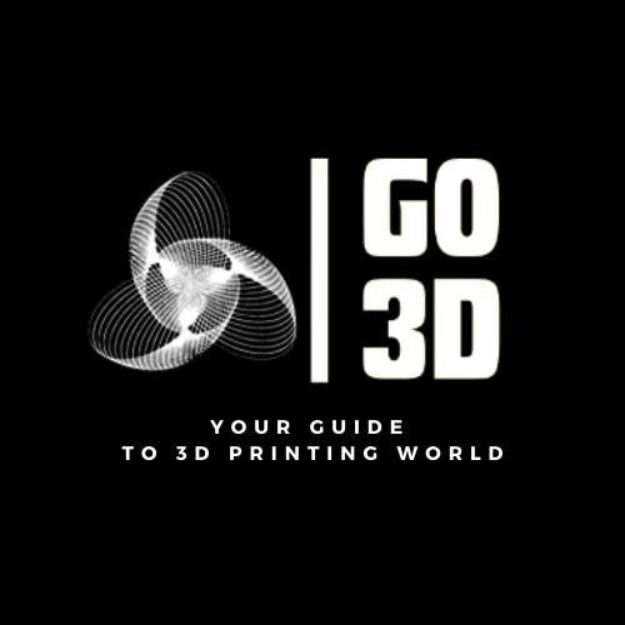

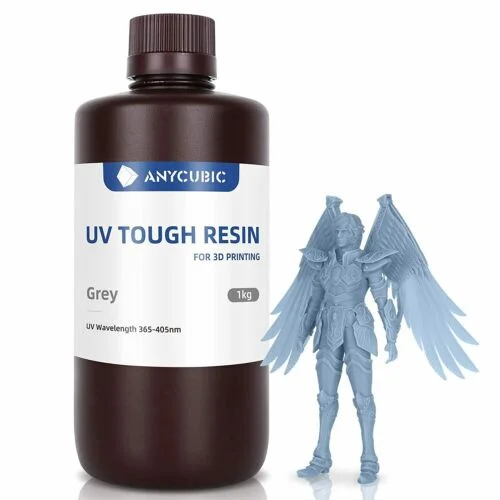
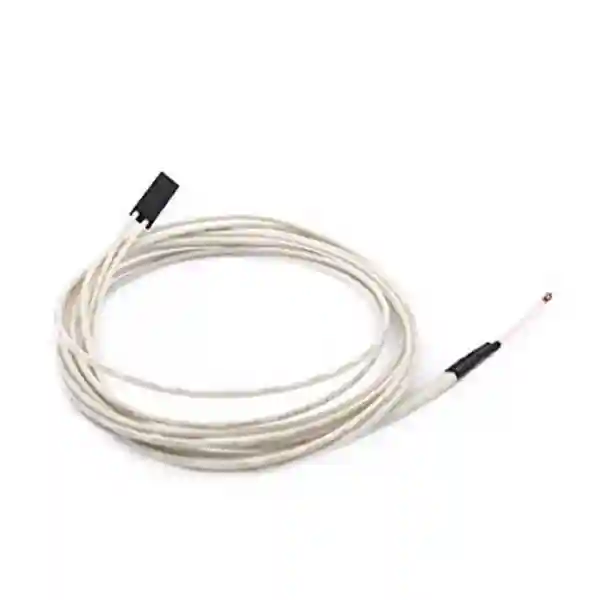
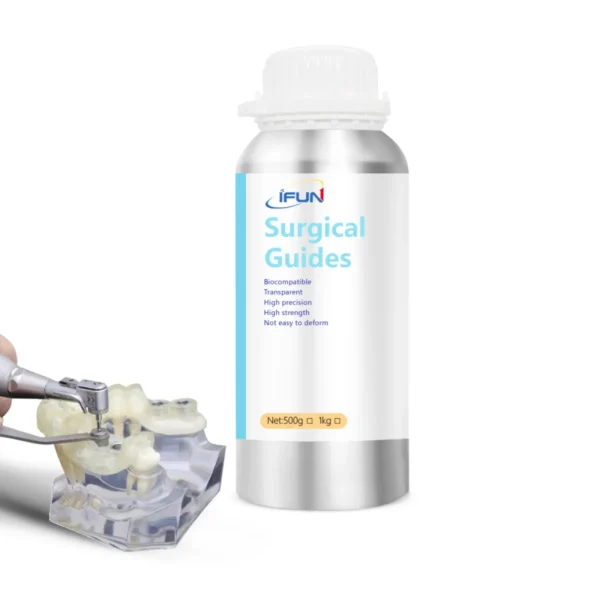

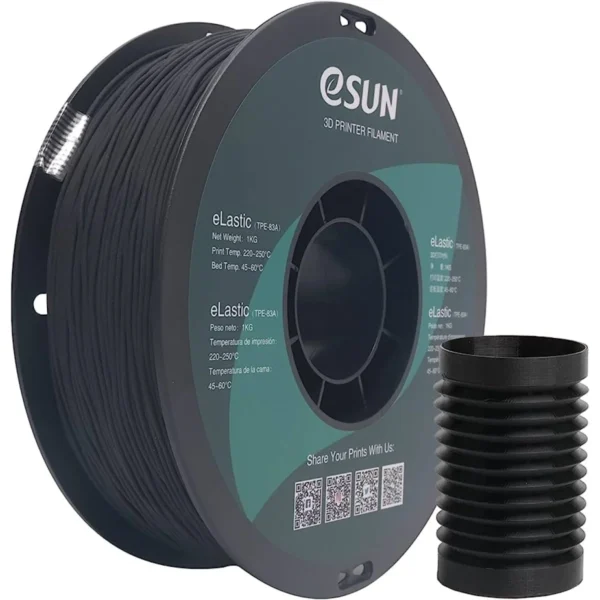

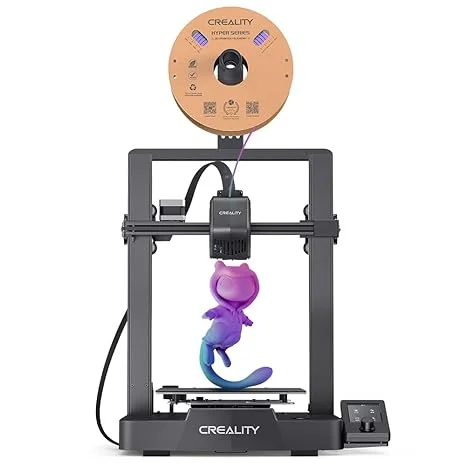
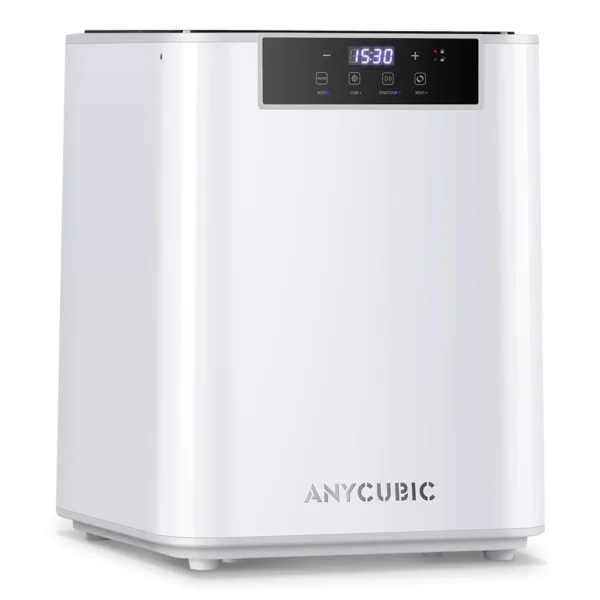
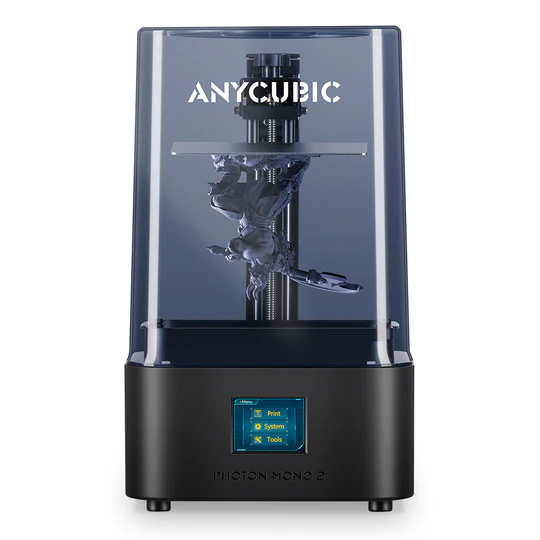
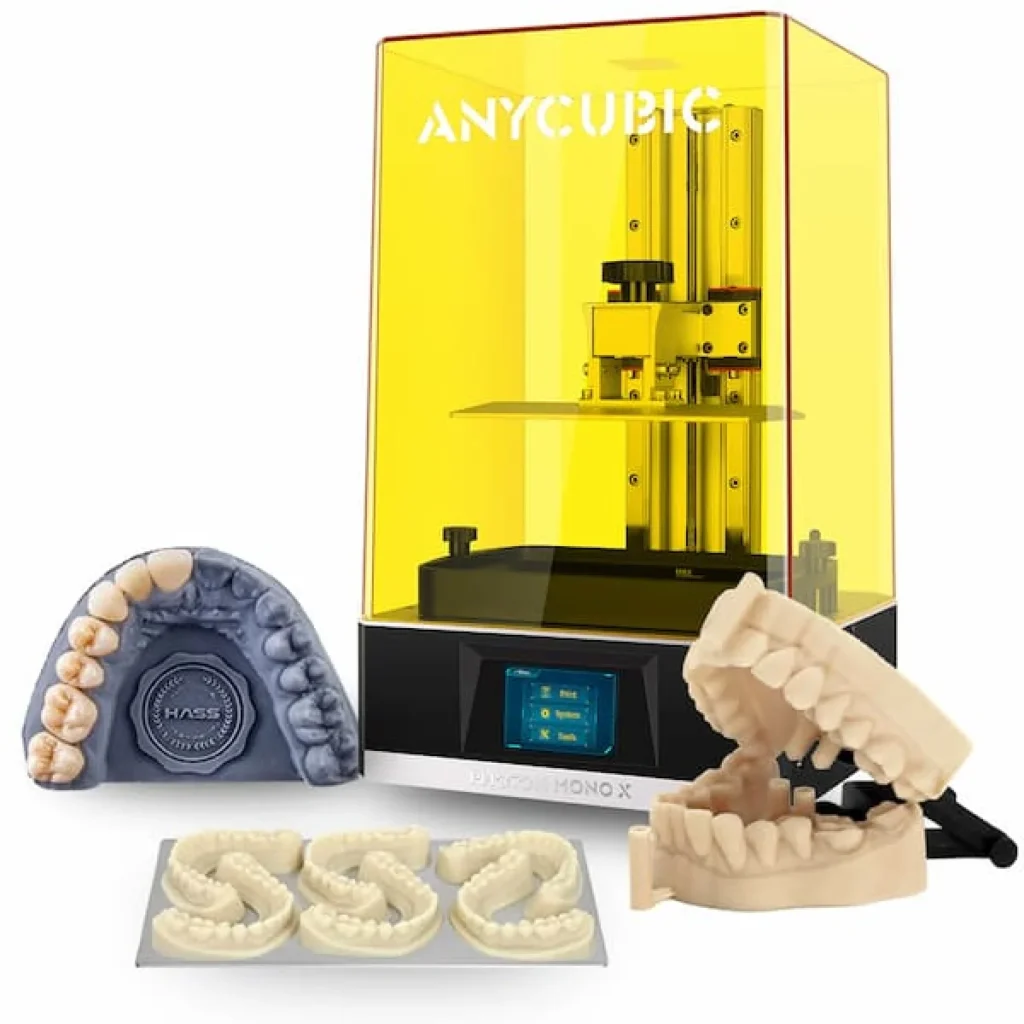
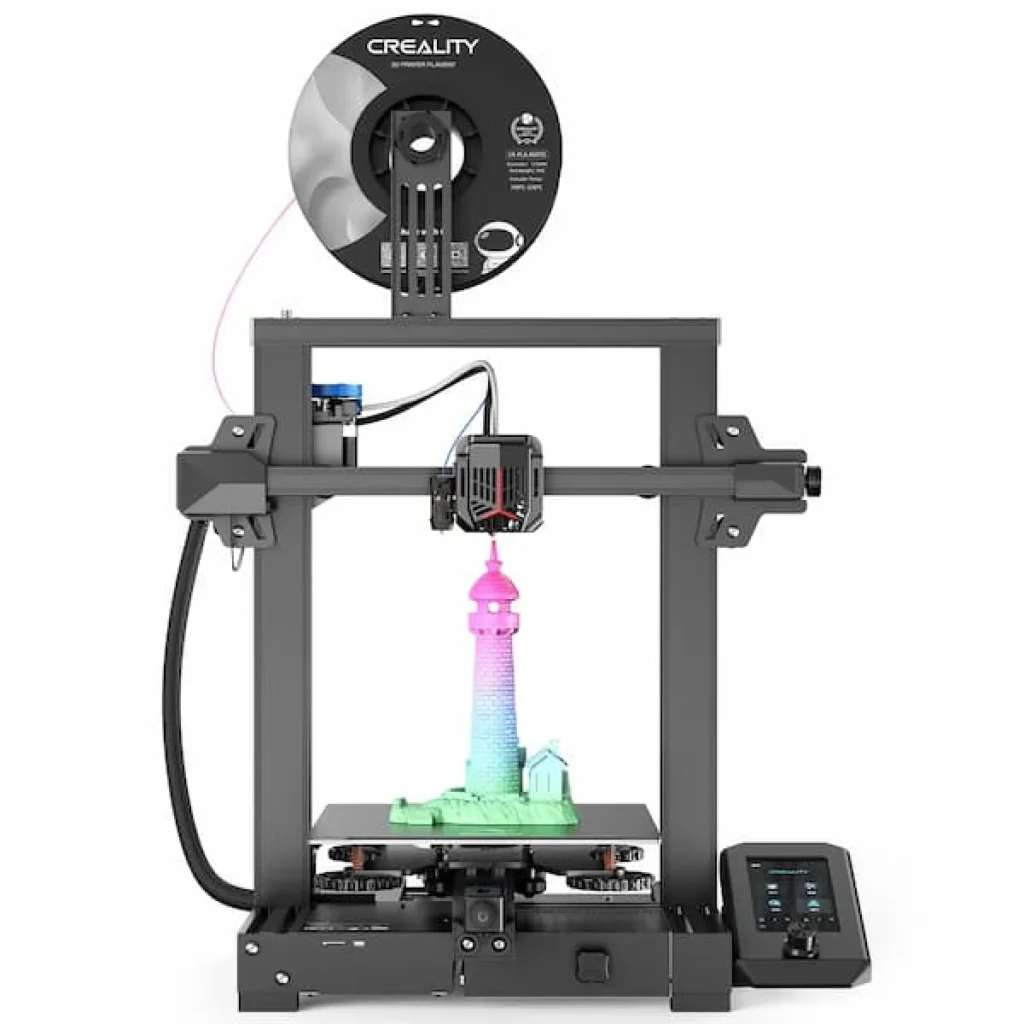
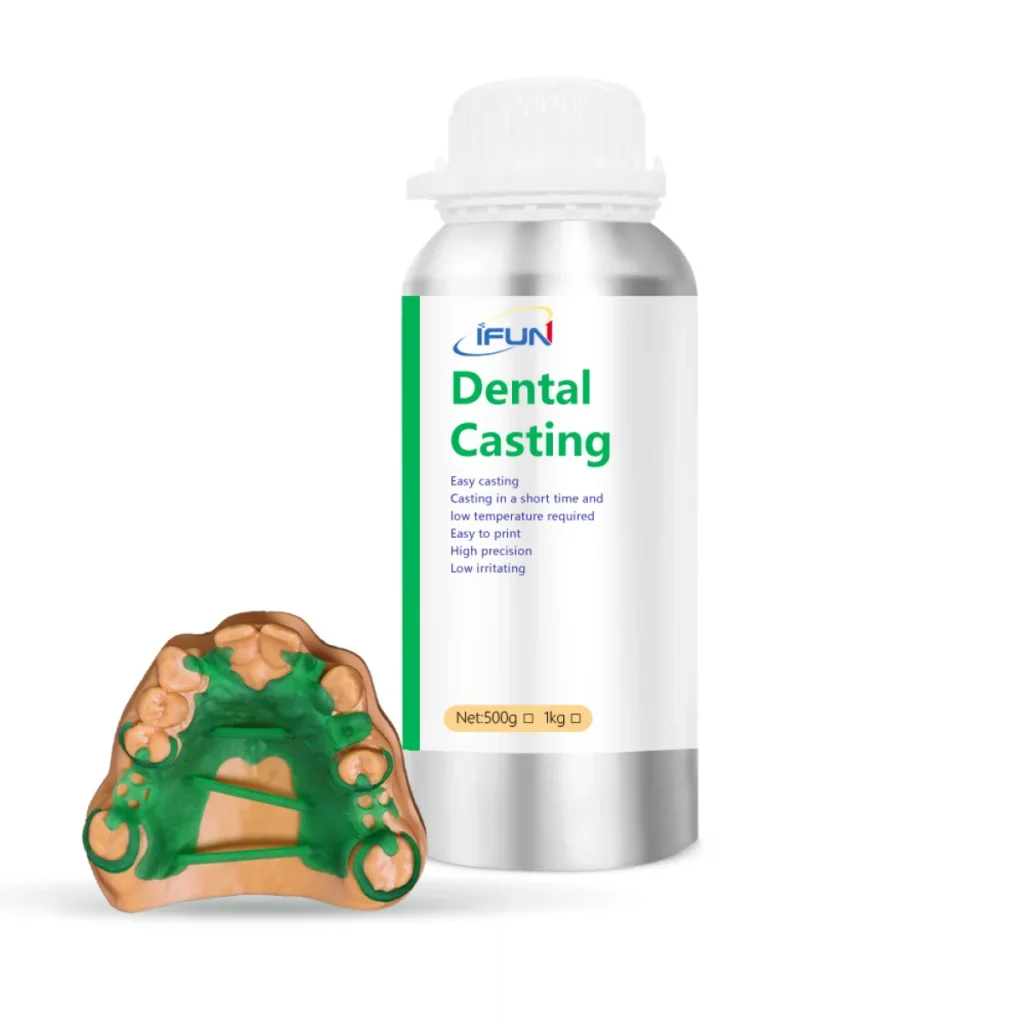
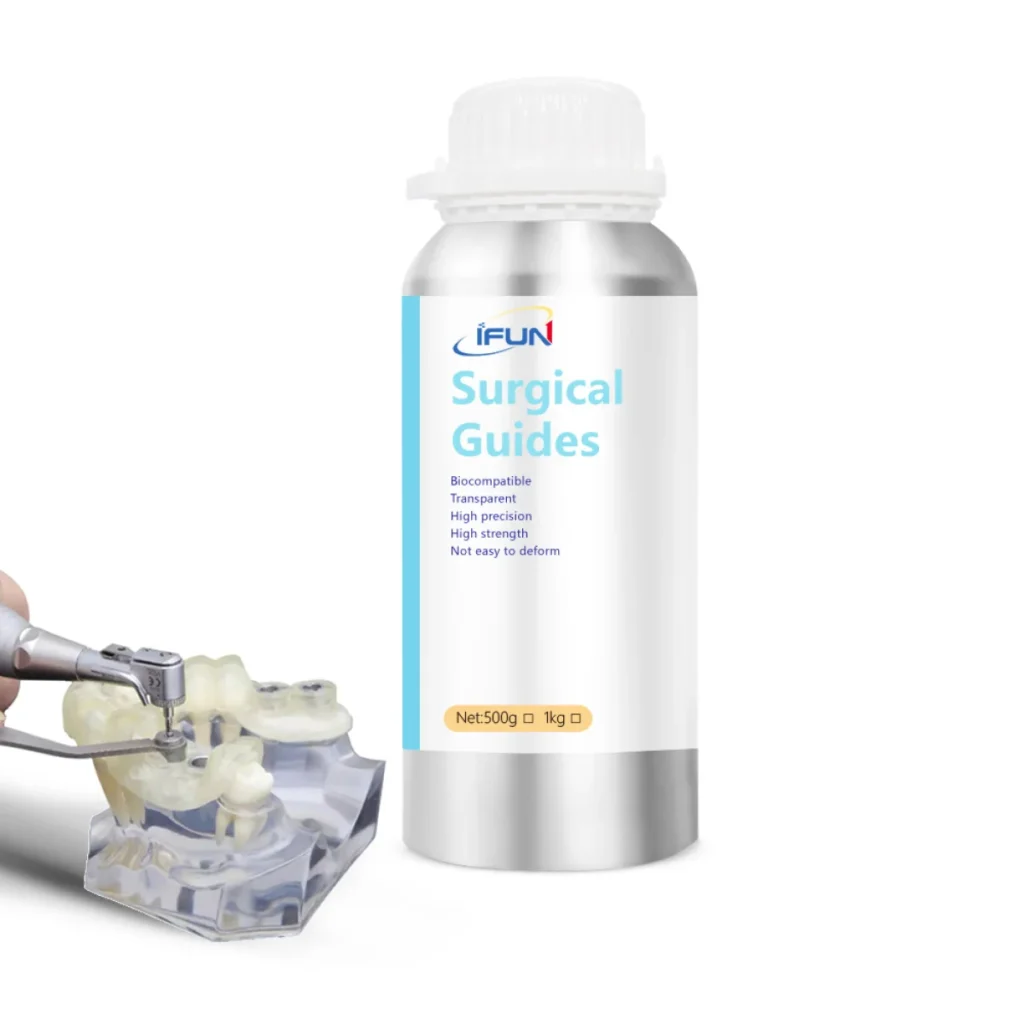
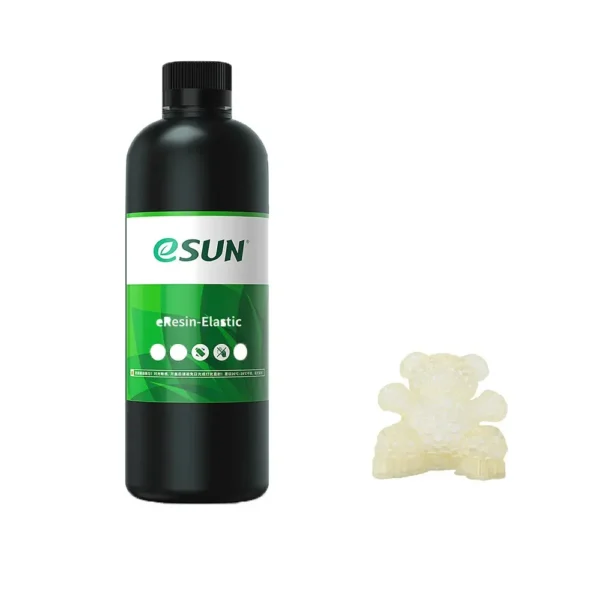

Reviews
Clear filtersThere are no reviews yet.